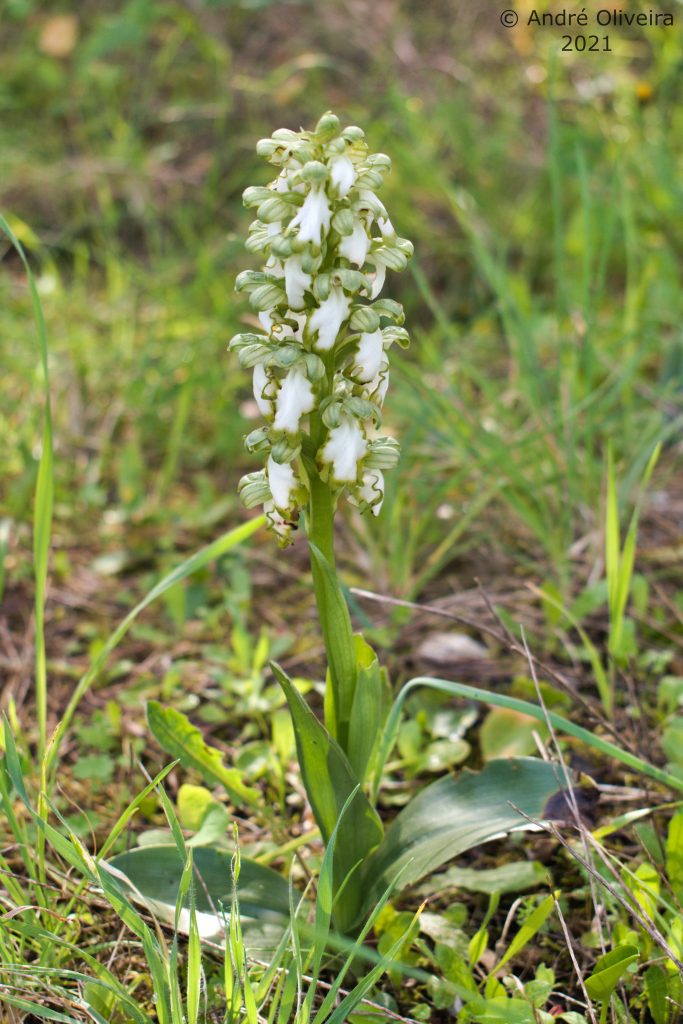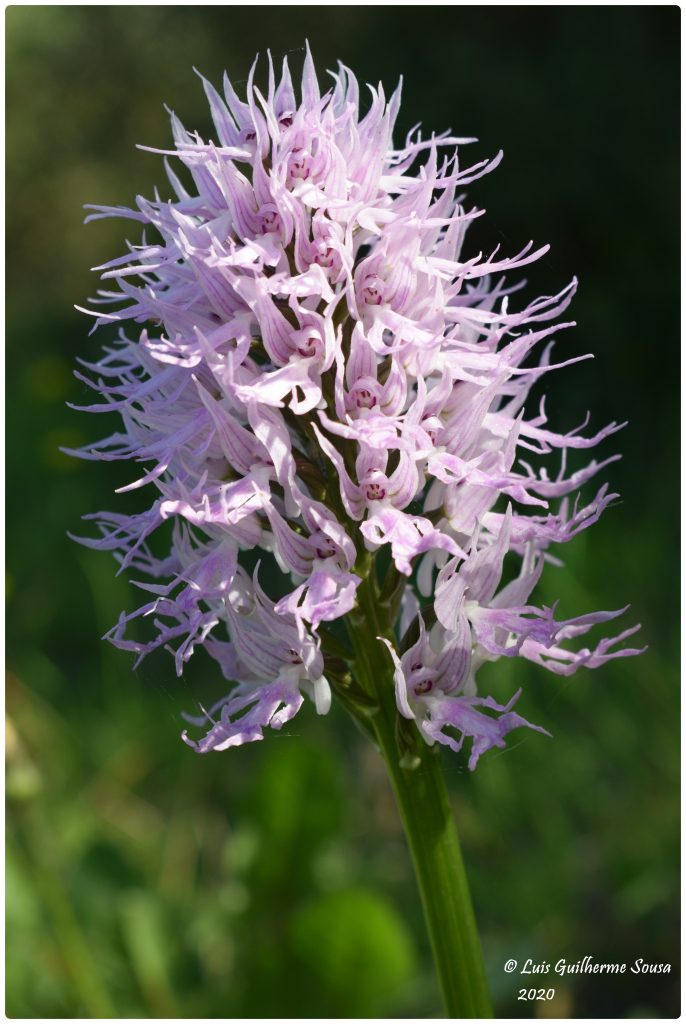Orchids found on EM535 road verges!
Main results of the LIFE LINES Project under analysis at the Final Seminar
2021-01-26Online Workshop “Solutions to Minimize Road Impacts on Fauna”
2021-04-22About a year ago, while carrying out the micromammal monitoring work, a wild orchid (Orchis italica) was found in the area. A few months later, upon returning to the site to do another monitoring, it was found that there are two other species of orchid Ophrys tenthredinifera (with most individuals of the subspecies Ophrys tenthredinifera ficalhoana) in large numbers (111 individuals) and several individuals of the species Serapias striciflora. The Municipality of Montemor-o-Novo, partner of the project and responsible for the management of this road, was contacted in order not to cut the vegetation on the road verge.
During these days, when we returned to check the measurements, the team came across another new species of orchid in the place (Himantoglossum robertianum), with a less common variation (hypochromatic), making these place a new location for the species. In addition, the first observation made (Orchis italica) already has 5 individuals. Thus, in 100 m road verge there are 4 species of orchids, one of them with more than 100 individuals, and which are now protected.
Road verges are places of high importance for allowing the refuge of several species of plants and animals, in environments that have been greatly altered by man. Agricultural and livestock practices, such as soil mobilization and landscape changes, can jeopardize the occurrence of certain species. Carrying out selective cuts on the road verges to promote small areas with native protected species is also one of the practices experienced in the intervention area of the LIFE LINES Project. They are surgical actions, with low cost and high conservation value!
You can also participate in these activities: if you see orchids on the road verges, tell us where via email: info.lifelines@uevora.pt or Facebook www.facebook.com/lifelinesconservation .



